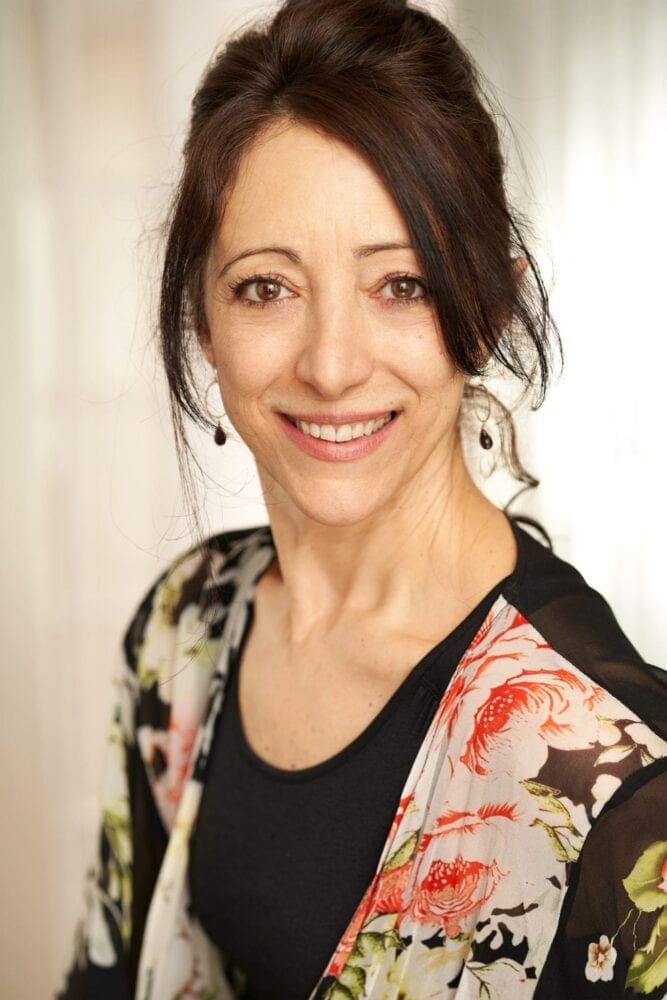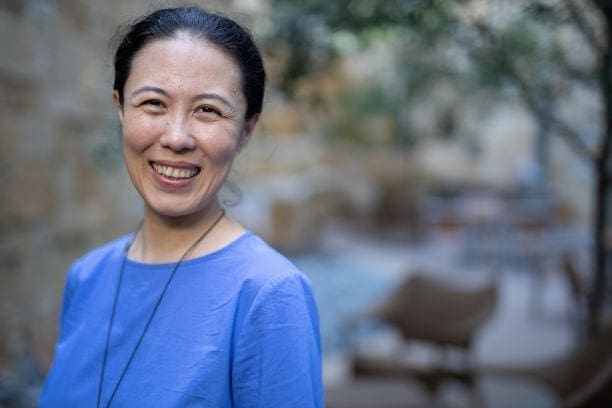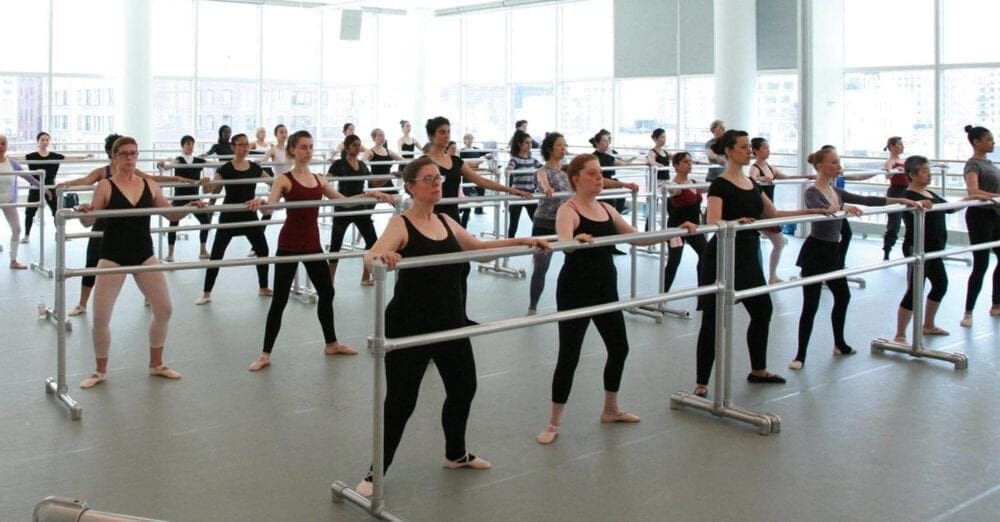Natalia Shulgina’s review on Amazon.com was so detailed and helpful that she let us post it here, as well.
Natalia A. Shulgina is a native of Russia. She holds an M.Div. from the Russia United Methodist Theological Seminary, and a Ph.D. from Emory University. When not impersonating an adult ballerina, she is involved in the teaching and practice of pastoral care, spiritual formation, and clinical pastoral education. She lives, with her husband Mark and her dog, Rhodesian Ridgeback Rey, in Raleigh, NC.
If you love ballet and if for you, like me, traveling to NY is not really an option, give yourself a gift of this class — you body and soul will thank you!
I am not new to Finis’s teaching DVDs. Having started as an absolute beginner in ballet at the age of 40, I have been returning to his DVDs and books for inspiration, guidance, and clear explanations that work. Finis’s method of teaching ballet is unique, both his ability to explain the hidden “why” and “how” behind the movement, and his unswerving belief that ballet is not merely for the art of the chosen few but for the joy and health benefit of all.
Having worked with several of his DVDs: the absolute beginner series, barre and centerwork for beginners and intermediate students, the specific issues focusing on turns and jumps, as well as the holy grail of Extension and Turnout and Meditative Stretching, I have always felt–and regretted–that one thing was missing: I got Finis’s excellent instruction, but have never had an opportunity to participate in his class.
Not anymore. With this DVD, adult ballet students of all ages, shapes, and walks of life are given an unprecedented opportunity and gift — of being able to peek and step into Finis’s class, as he teaches it. It is a beginner level class, but I dare say, its benefits extend far beyond that level. Ballet is an integrative art, and practicing the basics correctly is fundamental to doing ballet safely and progressively better.
Content: the DVD starts with important stretching exercises to loosen and warm up the body for the movement. Next come instructions on proper posture, with Finis’s signature metaphors and expressions on how to hold ourselves properly in space. It might be tempting to skip these two sections, but that would be a mistake: those sections lay down the foundation of the bodily awareness, which will protect your body from injury in the long run. The rest of the DVD is pedagogically astute and balanced, as it moves progressively from the feet and legs to arms and core of the body, finishing up at the center. There, we get to see, how the exercises that were given before, incrementally, without our fully realizing it, prepared us to move through space with balance, strength, and grace.
The bonus content of the DVD includes short video-clips with Finis’s students: real people with real lives outside of the studio, who will never audition for ABT or NYCB, but who have truly become ballet dancers. I found this part deeply humbling and inspiring.
In conclusion: The real contribution of this DVD lies in the opportunity it gives us, not only to receive Finis’s instruction (always top-notch), but to see how other non-professional ballet dancers work at the barre and in the center. In the last 4 years of practicing ballet, I have noticed that even though we all are different in so many ways, the mistakes we make in ballet class are surprisingly similar: we forget to transfer weight to the balls of our feet, we stick our butts out in plie, we sickle our feet, we fail to keep the turnout muscles engaged as we begin the movement…Being able to see other people making those mistakes and receiving Finis’s correction in real time is priceless, because it allows us to learn better.
If you love ballet and if for you, like me, traveling to NY is not really an option, give yourself a gift of this class — you body and soul will thank you!




